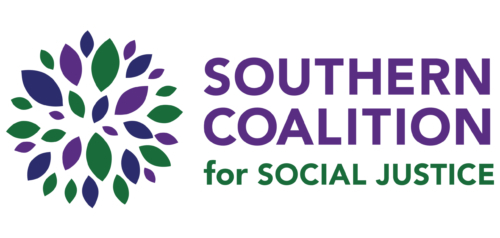As prison abolitionists work towards a world without prisons, public health practitioners and prison reformers must work alongside them to expose and mitigate the severe injustices that compromise the health and wellness of every person behind bars. The incarceration system is an economic and social burden that is often shrouded in mystery, feeding off of the fruits of capitalism and other oppressive systems of power. As of 2010, the U.S holds the highest incarceration rate and the largest population under correctional control in the world. Today, women represent the fastest growing incarcerated population. Between 1980 and 2010, the number of women in prison increased by 646%– rising from 15,118 to 112,797 (The Sentencing Project). Today, 1 in 25 women in state prisons and 1 in 33 in federal prisons are pregnant upon prison admission (id). However, despite a rise in female and pregnant inmates, many “correctional” facilities have failed to meet even the minimum requirements of their basic healthcare needs. Meeting this minimum requirement includes banning the practice of shackling women before and during labor and after delivery.
Shackling women during their delivery and throughout their pregnancy is a public health issue because not only does it deprive mothers of the opportunity to be fully present and comfortable during their unique childbirth experience, it is dehumanizing, oppressive, and dangerous. Shackling also puts the mother and baby at an increased risk of medical complications during and after the delivery. According to Dr. Maureen Phipps, Associate Professor of Obstetrics and Gynecology and Community Health at Brown University, and chair of the American College of Obstetricians and Gynecologist’s (ACOG) committee on health care for underserved women, “if the fetal heartbeat slows, and an immediate Caesarian-section is required, the time lost to fumbling with shackle locks could cause brain damage and even death” (Women’s Prison Association).
Report Card on Mothers Behind Bars is a 2010 collaborative effort between Rebecca Project and The Women’s Law Center in Washington D.C “to expose the conditions of confinement for pregnant and parenting women […]” (National Women’s Law Center & The Rebecca Project for Human Rights, 2010). Their report card confirms that shackling actively inhibits the wellness of a mother’s reproductive experience because “[shackling] makes it difficult for doctors to adequately assess the condition of the mother and the fetus, and to provide prompt medical intervention when necessary. [Shackling] also make the process of labor and delivery more painful” (id).
According to Healthy People 2020’s (HP2020) Maternal and Child Health objectives ( U.S. Department of Health and Human Services, 2013), reducing maternal illness and complication related to pregnancy and increasing the proportion of infants who are breastfed are important pieces of improving overall health and well-being of women, infants, and children. HP2020 states “common [physical] barriers to a healthy pregnancy and birth include lack of access to appropriate healthcare before and during pregnancy. In addition, environmental factors can shape a woman’s overall health status before, during, and after pregnancy by: affecting her health directly and affecting her ability to engage in healthy behaviors.”
Prison is an environment that controls and limits human movement, making it difficult, if not impossible, for individuals to practice or learn about healthy behaviors. It is important for laboring mothers to move freely in order to identify comfort measures that will help the labor and delivery process go more smoothly. Shackling not only severely limits that movement, but it can cause medical complications and it prevents mothers from initiating a maternal bond with their newborn via breastfeeding (The Sentencing Project). Consequently, shackling undermines the maternal, infant and child health objectives of HP2020. If HP2020’s maternal, infant and child health benchmarks consider the plight of incarcerated women, then addressing the issue and ending the dehumanizing practice of shackling women during their pregnancy is just one action that will help achieve HP2020 objectives and have a significant positive impact on the status of maternal and child health in the U.S.
We face a long road ahead in our struggle for reproductive freedom as about half of U.S states have yet to adopt or address any policy or law regarding the practice of shackling women before and during their labor and delivery (National Women’s Law Center & The Rebecca Project for Human Rights, 2010). Thankfully, the anti-shackling movement has made impressive progress that has been initiated by reproductive rights advocates from all corners of the issue . SPARK, a statewide community based and focused reproductive justice organization headquartered in Atlanta, GA, works for reproductive justice by developing radical tools to help shift the state of reproductive rights in Georgia and the U.S South (SPARK). Alongside SPARK in the anti-shackling and reproductive justice struggle is Birthing Behind Bars. Birthing Behind Bars is a national U.S campaign initiated and sustained by WORTH (Women on the Rise Telling Herstory). WORTH is ”an association of currently and formerly incarcerated women empowered by their own [birthing behind bars] experience”. They are part of the national movement to outlaw the practice of shackling pregnant mothers before and during their labor and delivery. With their voice, WORTH has successfully moved New York State to prohibit the practice of shackling incarcerated women during their labor and delivery (id).
